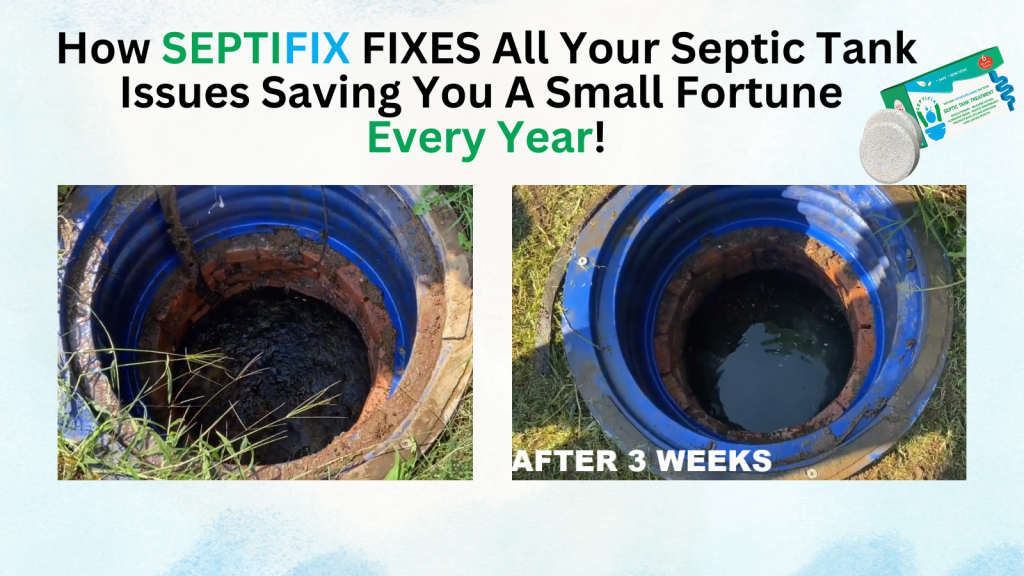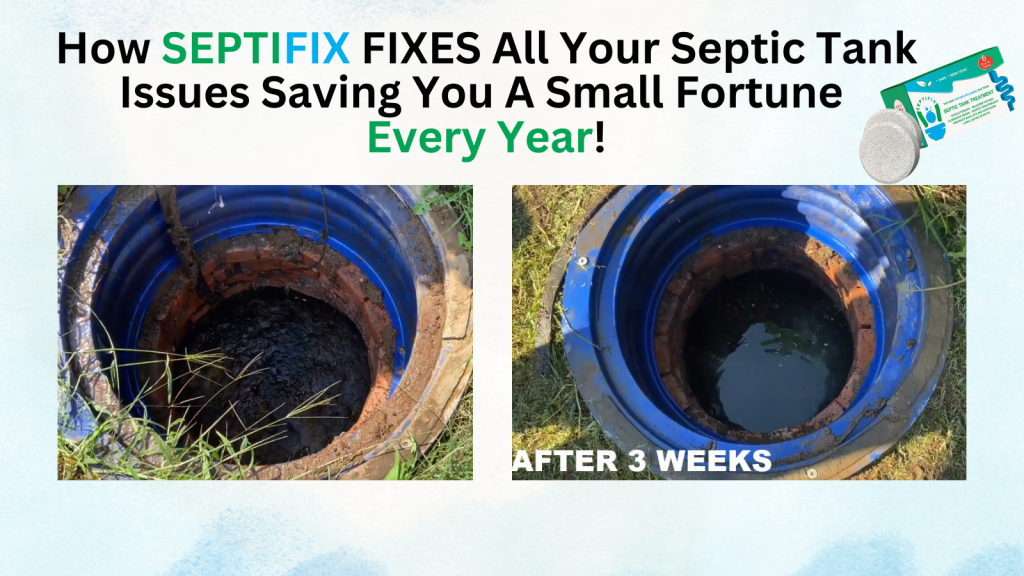Septic systems play a crucial role in managing wastewater in properties without access to municipal sewer systems. Over time, these systems may require upgrades to improve functionality, comply with regulations, or prevent costly breakdowns. Understanding the costs of septic system upgrades helps homeowners make informed decisions and budget effectively.
Table of Content
- Why Upgrade Your Septic System?
- Key Septic System Upgrades and Their Costs
- Factors Affecting Septic System Upgrade Costs
- Cost-Saving Tips for Septic System Upgrades
- Are Septic System Upgrades Worth the Investment?
- Septic Permit Links by State
Why Upgrade Your Septic System?
Upgrading a septic system isn’t just about preventing failures—it also ensures long-term efficiency and environmental safety. Alarms, risers, and advanced treatment systems are common improvements that enhance septic system performance.
Common Signs You Need an Upgrade
- Frequent backups or slow drainage
- Persistent foul odors
- Standing water near the drain field
- Outdated system components
When these issues arise, investing in upgrades can save you from expensive repairs in the long run.
Key Septic System Upgrades and Their Costs
The costs of septic system upgrades vary depending on the type of improvement, system size, and regional labor rates. Below are the most common upgrades and their associated expenses.
Alarm Systems
Septic alarms notify homeowners of high water levels, helping prevent overflows. These systems cost between $200 to $600, depending on the complexity and installation requirements.
Learn more about septic alarm systems
Septic Tank Risers
Risers make septic tanks easier to access for maintenance and pumping. Installing risers typically costs between $200 to $1,000.
Advanced Treatment Systems
Advanced treatment systems improve wastewater filtration and reduce environmental impact. These upgrades range from $5,000 to $15,000, depending on the technology and system size.
Explore advanced septic treatment technologies
Factors Affecting Septic System Upgrade Costs
Several factors influence the costs of septic system upgrades:
- System Size: Larger systems require more materials and labor.
- Soil Conditions: Challenging soil types may increase installation costs.
- Permits and Regulations: Local laws may require specific upgrades, adding to costs.
- Labor Costs: Prices vary depending on regional contractor rates.
Cost-Saving Tips for Septic System Upgrades
While upgrades can be costly, smart planning helps reduce expenses:
- Regular Maintenance: Prevent expensive failures with routine pumping and inspections.
- Compare Quotes: Get multiple contractor quotes to find the best value.
- Prioritize Upgrades: Address the most critical issues first.
Are Septic System Upgrades Worth the Investment?
Upgrading your septic system offers significant long-term benefits:
- Improved wastewater treatment efficiency
- Enhanced property value
- Reduced environmental risks
- Lower maintenance costs over time
While upfront costs may seem high, the long-term savings and peace of mind often outweigh the initial investment.
Conclusion
Understanding the costs of septic system upgrades allows homeowners to plan effectively and make informed decisions. From alarm systems to advanced treatment options, each upgrade contributes to a more efficient and reliable septic system.










